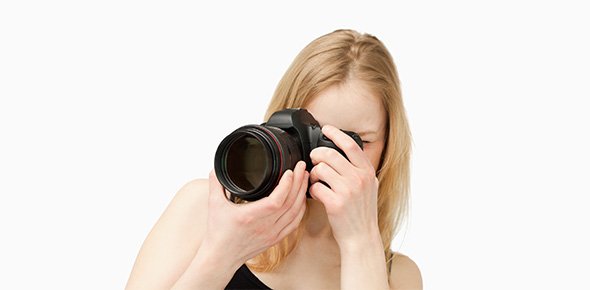Which of the following is not true about digital photography? A: Digital photography does not use film. It produces images without the use of light or film. Its main advantage is that it can be used for any type of photography, including portraits and landscapes. However, there are some things that you need to know about digital photography. Read on to find out more. Among other things, you should learn how to use the Autofocus function of your camera.
Autofocus function
Despite the hype surrounding the Autofocus function, some people still have doubts about it. The AF-system, in many cases, fails to achieve satisfactory focus. The reason for this can be varied. It may not have enough time to lock onto the subject or it may fail to focus for whatever reason. This article will examine some common mistakes and explain how to make your autofocus work better. Here are some helpful tips.
Shutter speed
While shutter speed is a very important part of any photograph, it’s not something that you should ignore completely. It’s an essential part of every photo, regardless of genre, and controls the amount of light that hits the camera’s sensor. As a result, shutter speed can be an important factor in capturing action shots, especially if the subject moves during the time that the shutter is open. In bright environments, shutter speeds should be as fast as possible to capture every moment of the action.
Dynamic range
The dynamic range of a photo is a measure of its ability to capture the full range of light in a scene. A digital camera’s dynamic range is based on its ability to capture detail in both dark and light areas. It can be used to add drama to a cloudy landscape, control the contrast of a line of colour, and tone down the overexposed areas. This measurement can be difficult to achieve with a consumer camera because of the many factors involved.
Image histograms
When using your camera, you can use an image histogram to determine the brightness of your photo. The data from this graph is different for each picture. In general, it will show peaks on the right and left sides, which correspond to areas of high or low brightness. Depending on the subject of the photo, the histogram may also show a U-shape, which indicates a high black content and low exposure.
Cropping
Some photographers are quick to say that cropping is not important to good digital photography, but this is not necessarily true. Cropping your photos will help you achieve a better composition, so it’s important to learn how to crop your photos properly. Ideally, your composition should fill the entire frame, but if it’s not possible, you should try to crop the image in such a way that its main subject fills the frame. Try cropping different aspects of your image, and try to get the right composition for the subject. Then repeat the process on each image.
Full frame lenses
The first thing to know about full frame lenses is that they don’t necessarily provide the best image quality. This is because the wider the lenses, the wider the field of view. This is the main drawback of full frame cameras, since wide-angle lenses can’t illuminate the entire scene, leading to heavy vignetting in the corners and a hard porthole effect. Luckily, there’s a solution.

